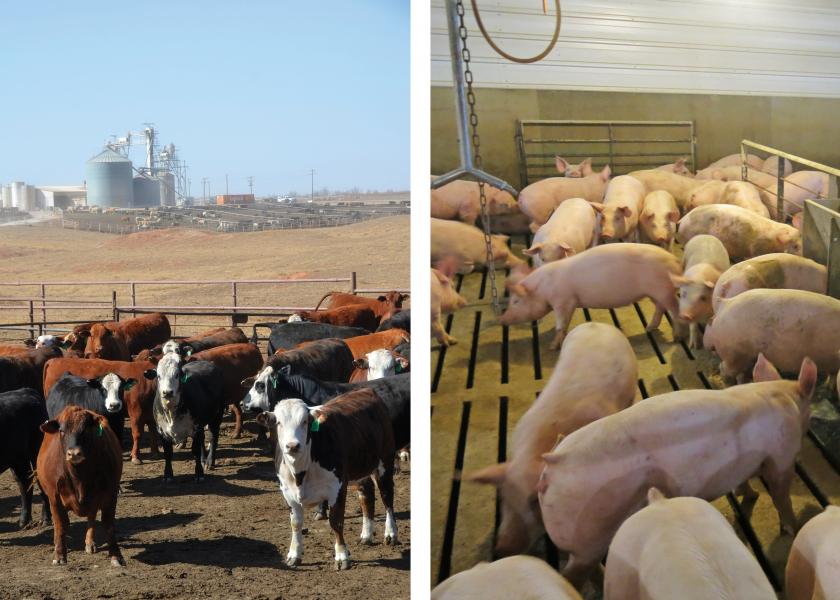Profit Tracker: Harvest Declines, Prices Higher

Cash cattle prices continue inching higher as weekly harvest rates decline. Cattle feeding margins rose modestly and packer margins dipped significantly.
Cattle feeders found average profits of $89 per head the week ending Feb. 11, 2023, an improvement of $30 per head, according to the Sterling Beef Profit Tracker. Cash cattle prices averaged $159.36 per cwt., a gain of $1.29 per cwt. for the week. Feed costs
Cattle feeding margins were estimated at $60 per head the week ending Feb. 4, 2023, an improvement of about $45 per head, according to the Sterling Beef Profit Tracker. Cash cattle prices averaged $158.07 per cwt., a gain of $3.21 per cwt. for the week. Feed costs increased about $1 per head for cattle marketed last week.
Beef packers found estimated profits of $29 per head last week, down $20 per head from the previous week, and down $354 per head from the same week a year ago. Carcass weights were reported at 827 lbs., down 13 pounds from the same week a year ago.
Costs associated with finishing cattle have increased dramatically since April. Cattle sold last week carried a total feed cost of $600 per head, which is 27% higher than the $437 feed costs for cattle sold the same week a year ago.
Cattle marketed last week had a breakeven of $152.97 per cwt., while cattle placed on feed last week have a breakeven of $155.76 per cwt. Cattle placed last week are calculated to have a purchase price for 750-800 lb. feeder steers at $182.38 per cwt., and feed costs of $580 per head. The feeder steer price is 10% higher than last year.
The estimated total cost for finishing a steer last week was $2,141 per head, up 15% from last year’s estimate of $1,816 per head.
Fed cattle slaughter totaled an estimated 485,730 head, about 9,000 head fewer than the previous week and 31,000 head less than the same week last year. Packing plant capacity utilization was estimated at 84.8% compared to 90.1% last year.
Farrow-to-finish hog producers saw losses of $12 per head last week, about $9 per head less than the previous week. Pork producers saw positive margins of about $47 per head the same week a year ago. Lean carcass prices averaged $79.21 per cwt., up $4.50 per cwt. from the previous week but down $12.49 from last year.
Pork packers saw losses of about $6 per head, or $10 per head less than last week’s $4 per head profit. Last year pork packers saw profits of $15 per head. Hog slaughter was estimated at 2.498 million head, down 97,000 head from the previous week and down 15,000 head from last year.
Pork packer capacity utilization was estimated at 92.7% compared to 93.4% last year.
(Note: The Sterling Beef Profit Tracker calculates an average beef cutout value for the week in its estimates for feedyard and packer margins. Other prices in the weekly Profit Tracker also are calculated weekly averages. Feedyard margins are calculated on a cash basis only with no adjustment for risk management practices. The Beef and Pork Profit Trackers are intended only as a benchmark for the average cash costs of feeding cattle and hogs. Sterling Marketing is a private, independent beef and pork consulting firm not associated with any packing company or livestock feeding enterprise.)







